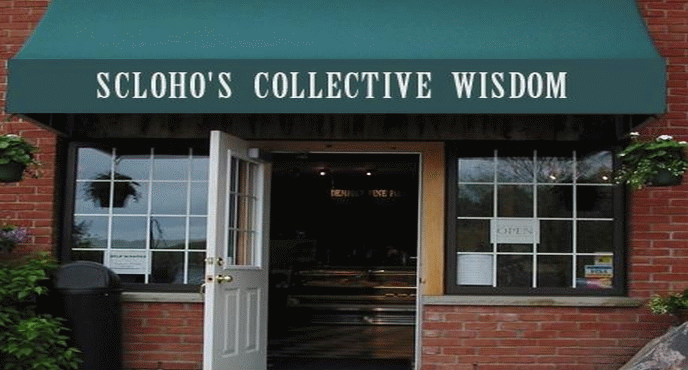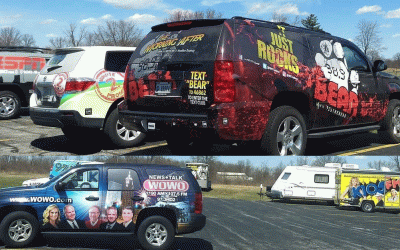Do you determine your future by only looking at your past? Or do you use your past merely as a benchmark, but it is not really going to limit your future? We are going to get personal today so join me and be honest with yourself. Today, I'm digging into my...
The Not-So-Secret Writings of ScLoHo
Advertising Oversimplified by Roy H. Williams
This is the first of a series of articles and podcasts that we're going to do based on an email from Roy H. Williams Roy is the Wizard of Ads and lives in Texas. A good 15 years ago I was introduced to him via his Wizard of Ad books and I have been a...
Are Your Employees REALLY Working?
An old business owner joke goes like this; a reporter one day asked the CEO of a major company, “So, how many employees are working in your company?” The CEO replied, “approximately half of them”. It’s funny, but the problem is, it’s not necessarily a...
Summertime – Fun Time!
Regardless of what part of the country you live in, North or South, East or West, for most, summertime is a fun time and a great time to launch and execute promotions for your business. The next time you are planning a significant event or promotion,...
The Media versus The Message
In the never-ending maze of online media, on-air media, outdoor media, direct mail, and print media, business owners often ask, “Which media works best?” or, “Which media platform will give me the highest return on my investment?” If you ask an honest and...
The Online and On-The-Air Marketing Mix
If you are a business owner or in charge of handling the marketing and advertising, a wise thing to do is to pay close attention to what the BIG GUYS are doing. The “Big Guys”, the likes of GEICO, Home Depot, Proctor & Gamble and others, have huge...
Boomers Still Have The Money
Last month when my wife and I were on vacation, the publication Mediapost shared a story that I was living at the moment.My wife and I are Baby Boomers.Our kids are Millennials.The business world, or more specifically the advertising world, is focused on...
How Much Does It Cost To Advertise on WOWO Radio?
Most of the business people I talk to these days are listeners to one of the radio stations I work with but they are not necessarily advertising partners with me, yet.A big question that comes up is, "How Much Does It Cost To Advertise on WOWO Radio?"When...
What Does Reach Mean in Advertising and Marketing?
If I were to ask a dozen people what REACH means, I am sure I would get at least 4 or 5 different answers, all depending on each persons life experience.You take the basketball player and they know that reach is important in being able to grab a loose ball...









